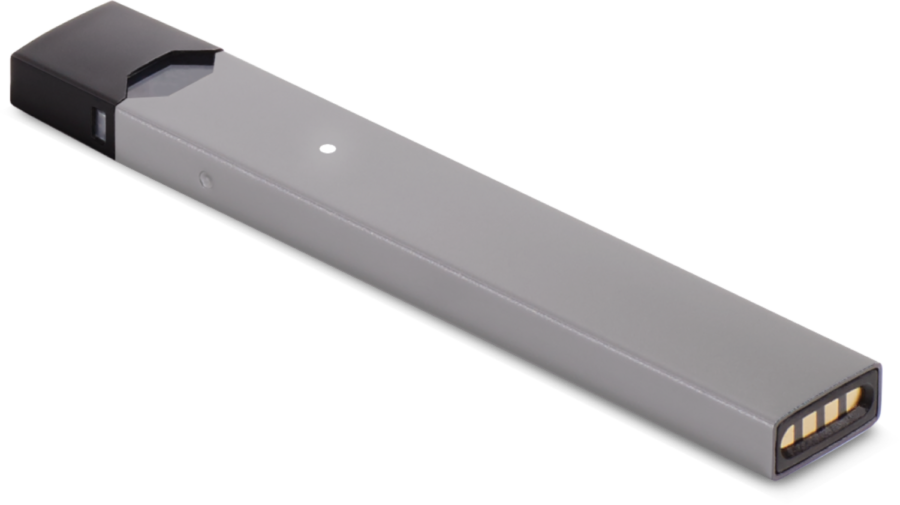Is Vaping a Problem at BHS?
In schools all around America, smoking has nearly always been a problem. Though the problem with older generations has been associated with cigarettes, a new problem is starting to emerge. The use of Juuls and Bos in school is becoming rather popular; they’re all of what cigarettes were, except these Juuls come with different-flavored pods, so the user can get a different taste while also getting the nicotine…to which they’re likely addicted.
Another significant problem is that the Juuls and Bos are steam, not smoke. That makes them much harder to smell and detect in schools, so it’s easier to do in bathrooms and where teachers aren’t present. Although detectors exist for increased steam levels, BHS has not chosen to install these.
“In a word,” said BHS principal Mr. Jantz, “those detectors are junk.”
The cost of a normal Juul body–the actual “smoking” apparatus–can range from $25 to $50, said a 12th grade student who prefers to stay anonymous for obvious reasons. Not only are the bodies cheap, the cost of a pack of four pods, each containing about 200 puffs, is about $15 to $20. The easy access and cheap price makes Juuls attractive to many high schoolers, and many have jumped at the chance to buy these modern-day “cigarettes.”
After surveying a large number BHS students, over 90% believe vaping is prevalent: they thought over 50% of kids in our school have vaped; about 85% believe that over 50% of kids in our school vape regularly…but in the biggest agreement, the highest percentage, 99% of students, agree there is a nicotine problem in our school.
Even Mr. Pollatos, a teacher at BHS for over 17 years, believes that a majority of students at BHS vape regularly and that there is, in fact, an addiction problem with regards to nicotine in Bethpage High School. If teachers, along with a majority of students, believe there is a problem here at BHS, there most likely IS a problem at BHS.
However, Mr. Jantz, the principal–along with one of the assistant principals, Mr. Tocco–prefers not to estimate the number of vapers at BHS. In general, this reporter would side with the students: they are the ones doing it, they’re the ones who sense the real statistics.
Mr. Jantz, “I would say the number of vapers has increased recently, and we are working to bring in informational programs to educate the students about the dangers of vaping.”
Now, the question is: is there any way to fix this problem? Well, to be honest, no. There is no way The Eagle’s Cry can foresee how a group of teachers and admins will be able to stop students without some type of security system. They could improve surveillance in certain areas of the school. Another way might be to find a way to discourage the students from wanting to smoke. Now, how could that get done? The most obvious solution would be to warn students of the dangers of smoking, but many will not care or blatantly ignore the warnings.
In conclusion, there seems to be no way to stop students from wanting to, much less making them stop smoking at this time. Until further developments are made about the product or the price is increased enough to discourage high schools from wanting it that much to buy it, there is a high chance that not only this will continue, but a nicotine addiction could develop in many high schoolers.















